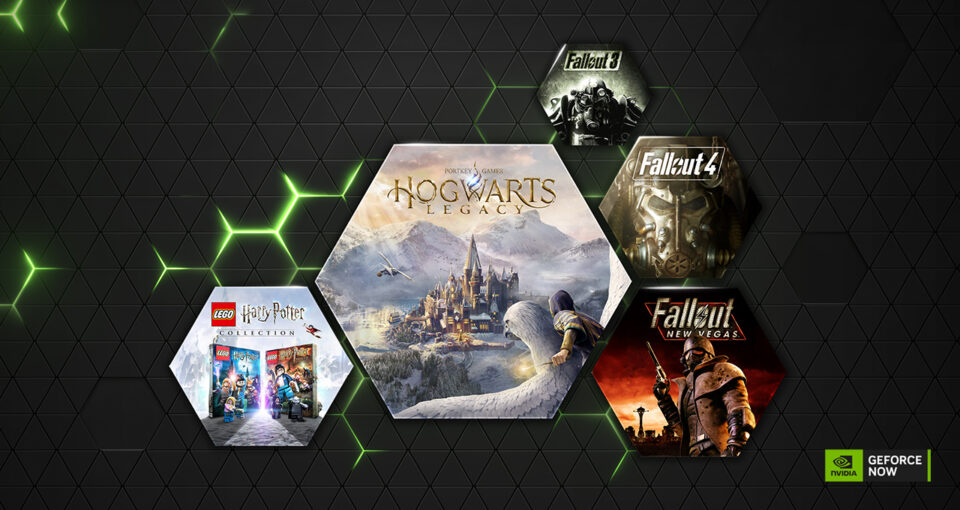
Step out of the vault and into the future of gaming with Fallout: New Vegas streaming on GeForce… Read Article

Step out of the vault and into the future of gaming with Fallout: New Vegas streaming on GeForce… Read Article
Hunters, saddle up — adventure awaits in the cloud. Journey into the world of Monster Hunter Stories as Capcom’s acclaimed role-playing classics join GeForce NOW. Monster Hunter Stories and Monster… Read Article
Editor’s note: The Game Pass edition of ‘Hogwarts Legacy’ will also be supported on GeForce NOW when the Steam and Epic Games Store versions launch on the service later this… Read Article
Black Friday is leveling up. Get ready to score one of the biggest deals of the season — 50% off the first three months of a new GeForce NOW Ultimate… Read Article
The NVIDIA Blackwell RTX upgrade is nearing the finish line, letting GeForce NOW Ultimate members across the globe experience true next-generation cloud gaming from anywhere. Everyone’s talking about Ultimate memberships… Read Article
Chaos has entered the chat. It’s GFN Thursday, and things are getting intense with the launch of Call of Duty: Black Ops 7, streaming at launch this week on GeForce… Read Article
Editor’s note: This blog has been updated to reflect the correct launch date for ‘Call of Duty: Black Ops 7’, November 14. A crisp chill’s in the air — and… Read Article
Amidst Gyeongju, South Korea’s ancient temples and modern skylines, Jensen Huang hit the stage at the APEC Summit with historic news: South Korea is leaping into the future with sovereign… Read Article
Get ready, raiders — the wait is over. ARC Raiders is dropping onto GeForce NOW and bringing the fight from orbit to the screen. To celebrate the launch, gamers can… Read Article